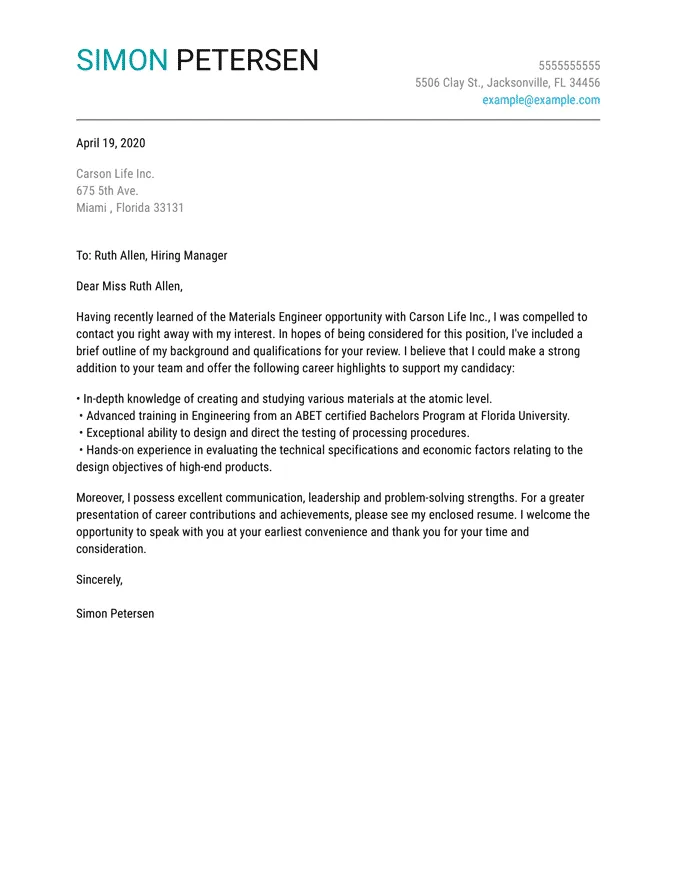What Makes a Cover Letter Impressive
In the competitive world of job applications, a well-crafted cover letter can be the key to unlocking your dream job. More than just a formality, an impressive cover letter serves as your first impression, a chance to showcase your personality, and demonstrate your genuine interest in the role and the company. It’s an opportunity to expand on your resume, providing context and depth to your qualifications. A truly remarkable cover letter is tailored to the specific job, highlighting the skills and experiences that align with the employer’s needs and aspirations. It’s clear, concise, and compelling, leaving the reader eager to learn more about you. Ultimately, an impressive cover letter isn’t just about what you say; it’s about how you say it, creating a narrative that resonates with the hiring manager and sets you apart from the competition.
Key Elements of a Great Cover Letter
A great cover letter is built upon several core elements. Start with a professional heading that includes your contact information and the date. Address the hiring manager by name, if possible; personalized greetings show initiative and attention to detail. The opening paragraph should immediately grab the reader’s attention, clearly stating the position you are applying for and expressing your enthusiasm. The body of the letter should then expand on your qualifications, connecting your skills and experiences to the specific requirements of the job. Use strong action verbs, quantify your accomplishments whenever possible, and illustrate how you’ve added value in previous roles. Keep the tone professional yet personable, avoiding overly formal language or generic phrases. Close with a call to action, expressing your eagerness for an interview and thanking the reader for their time and consideration.
Highlighting Your Skills and Experience
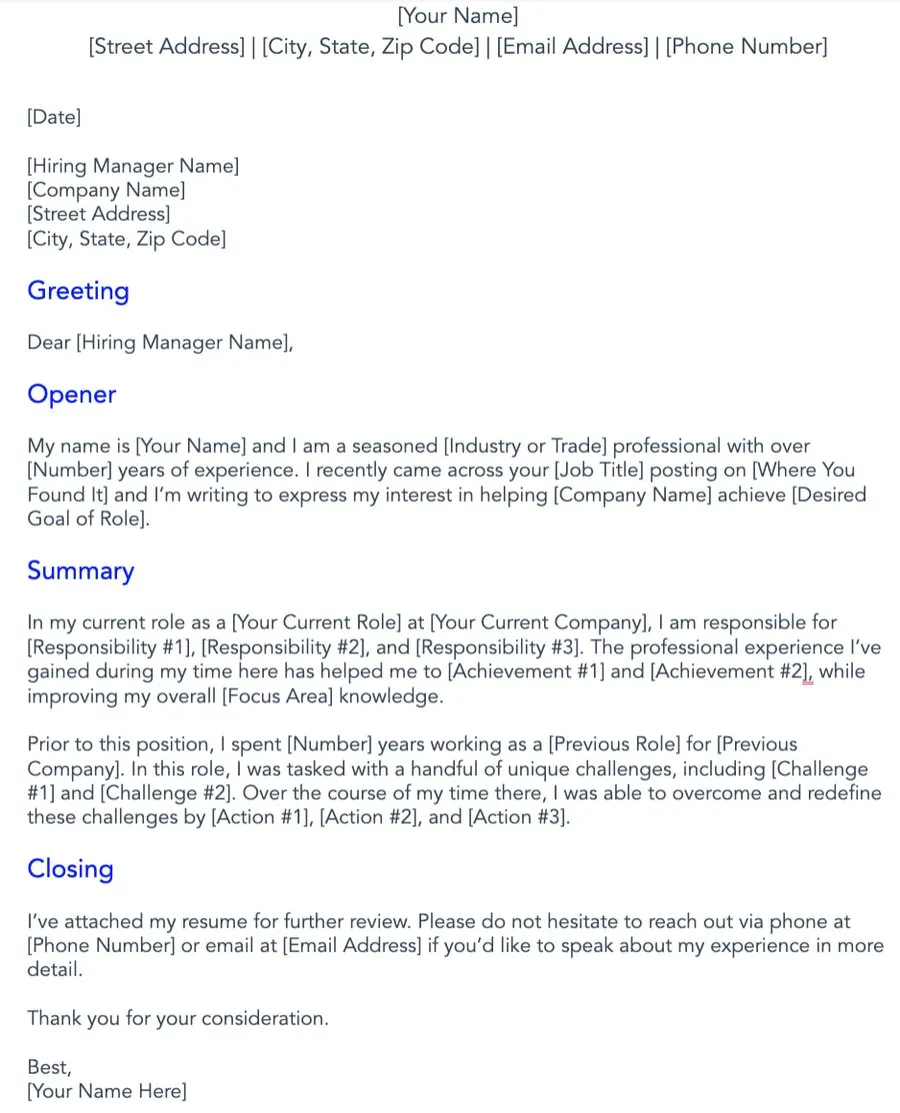
Your cover letter is your opportunity to shine a spotlight on your most relevant skills and experiences. Instead of simply repeating your resume, use the cover letter to expand on specific achievements and provide context that showcases your capabilities. Start by carefully reviewing the job description and identifying the key skills and qualifications the employer is seeking. Then, select a few relevant experiences where you successfully demonstrated these skills. Provide specific examples of how you used these skills to achieve positive outcomes. Quantify your results whenever possible, using numbers and data to illustrate your impact. For instance, instead of saying you ‘managed projects,’ you might say you ‘managed projects, resulting in a 15% reduction in project completion time and a 10% cost saving.’ Always tailor your examples to the job description, highlighting the skills and experiences that are most relevant to the role.
Tailoring Your Cover Letter to the Job
One of the biggest mistakes job seekers make is sending out generic cover letters. To truly impress, you must tailor each cover letter to the specific job and company. Begin by thoroughly researching the company and the role. Understand the company’s mission, values, and culture. Analyze the job description carefully, identifying the key requirements and desired skills. Then, customize your cover letter to address these specific needs. In the opening paragraph, clearly state the position you are applying for and express your genuine interest in the company. In the body paragraphs, highlight the experiences and skills that align with the job requirements, providing specific examples of your accomplishments. Show that you understand the company’s needs and how you can contribute to its success. Demonstrate that you’ve taken the time to understand their requirements by using keywords from the job description and by referencing specific aspects of the company or role.
Cover Letter Examples to Inspire You
To provide you with concrete examples, we’ve created four cover letter examples that illustrate different approaches for various professional scenarios. Each example highlights key elements such as a strong opening, clear skills demonstration, and a compelling narrative. Studying these examples will give you a clear understanding of how to tailor your cover letter to different job types and industries. Remember that while these examples offer a solid framework, the most effective cover letter is one that is personalized to you, the job, and the company you are targeting.
Example 1 The Enthusiastic Professional
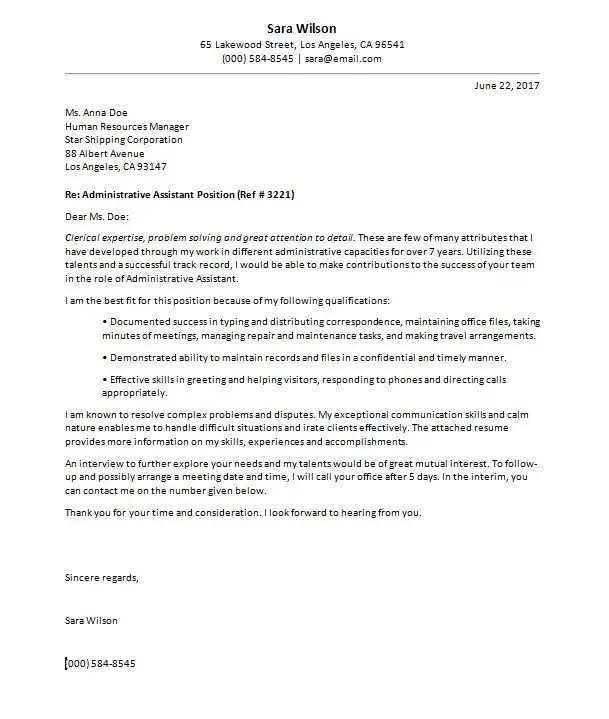
This example demonstrates how to show your excitement and passion for a role. An enthusiastic professional is energetic, motivated, and eager to contribute. They often possess a wide range of skills and a proactive approach. Their cover letters should reflect their zest for the job, emphasizing their interest in the company and their dedication to the field. For example, a marketing professional applying for a role at a tech startup would focus on how their past experiences in content creation and social media management will assist the growth of the company’s brand. Highlighting a successful project or a unique skill set can set them apart. The key is to project confidence and a strong work ethic, making it clear that they are not just looking for a job but are eager to make a significant contribution.
Key Phrases and Tone
When writing this type of cover letter, it is crucial to use language that conveys enthusiasm. Begin with a statement that captures the reader’s attention, such as ‘I am incredibly excited to apply for the Marketing Manager position’ or ‘Your company’s innovative approach to [industry] deeply resonates with my own professional values.’ Use phrases like ‘I am passionate about,’ ‘I am eager to contribute,’ or ‘I am confident in my ability to.’ The tone should be upbeat and positive, but maintain professionalism. Highlight your energy, your eagerness to learn, and your commitment to the company’s mission. Make sure that every sentence demonstrates your excitement and eagerness to work for them.
Example 2 The Career Changer
For those pivoting careers, a cover letter is a chance to tell a compelling story. The career changer needs to effectively explain the reasons for the switch and demonstrate how their transferable skills make them a valuable candidate in a new field. This requires emphasizing skills, experience, and education from previous roles and showing how they relate to the new job. A project manager transitioning into a data analyst role should emphasize their analytical skills and ability to manage time effectively. They can also highlight any relevant certifications or courses they’ve completed to facilitate the change. The emphasis should be on your adaptability, willingness to learn, and the unique perspective you bring. It shows the hiring manager that you are capable of not just filling a role but also bringing a fresh perspective.
Showcasing Transferable Skills
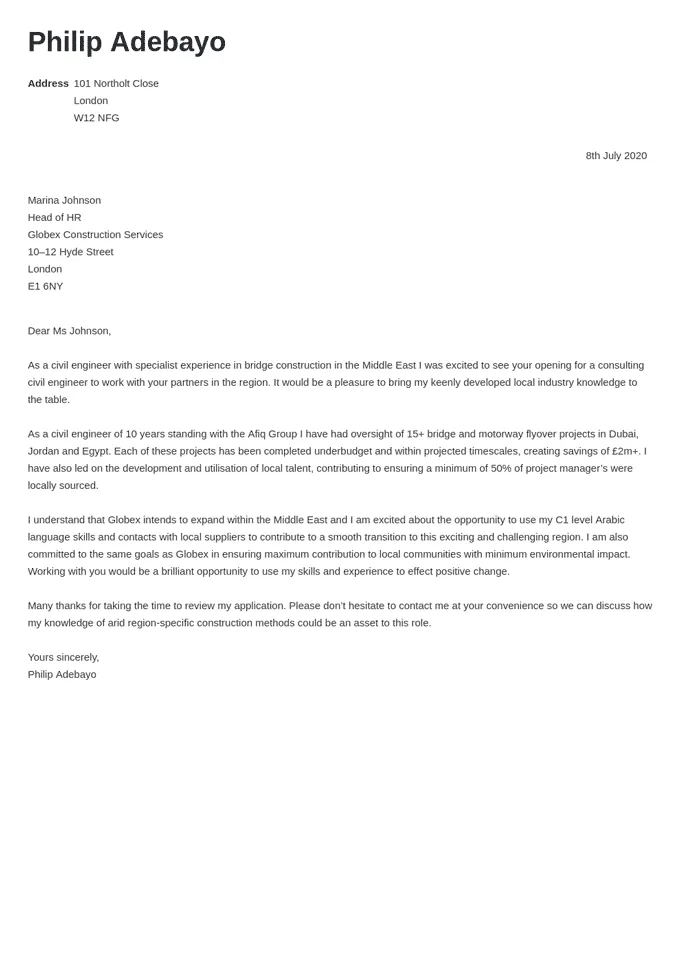
Focus on the skills you have that can be applied to the new role. Consider the skills the job demands and find instances from your past experiences that fit these requirements. For instance, if you are switching from a sales role to a project management role, highlight your ability to communicate effectively, manage a team, and meet deadlines. Explain how the skills translate to the new role. Always provide evidence to back up your claims. Rather than saying you are a good communicator, provide specific examples of how you communicated in a project.
Example 3 The Recent Graduate
For recent graduates, the cover letter is where they make up for lack of work experience. Recent graduates should use their cover letters to highlight internships, projects, volunteer work, and academic achievements. They should clearly state their career goals and how the job aligns with these aspirations. The recent graduate should show that they possess a solid foundation for the job and a desire to learn and grow. They can also highlight soft skills, such as communication, teamwork, and problem-solving skills, that will assist them in adjusting to the job. The main goal is to create a narrative around academic and extracurricular experiences, demonstrating a clear understanding of the industry and a sincere interest in the role.
Highlighting Academic Achievements
To highlight academic achievements, begin by mentioning your degree and your university. Then, focus on relevant coursework, projects, and any honors or awards you received. Include information on your GPA if it is above average. Be sure to link your academic achievements to the job requirements, showing that your education has prepared you for the role. For instance, if you are applying for a data analyst role, emphasize the statistics and data analysis courses you took. The idea is to impress the hiring manager with your knowledge and expertise.
Example 4 The Creative Professional
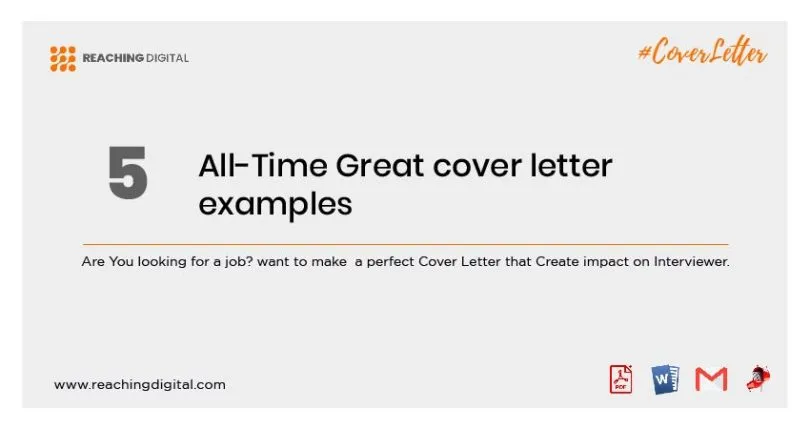
Creative professionals such as designers and writers can use their cover letters to show their creativity. They can showcase their work, demonstrate their storytelling skills, and express their unique perspective. For example, a graphic designer could include links to their portfolio and use the letter as an opportunity to explain their design philosophy. A writer might showcase their writing style by crafting a compelling narrative. Creative professionals should focus on expressing their personality and the value they would bring to the company. A creative cover letter allows the applicant to stand out from the competition and make a lasting impression.
Using a Compelling Narrative
To create a compelling narrative, start by thinking about the specific skills and experiences that the hiring manager is looking for. Then, create a story around your past experiences, ensuring that the job requirements are reflected in your story. Share anecdotes that showcase your unique talents and perspectives. Focus on the impact you made in your previous roles, highlighting specific achievements and any recognition you received. Your story should reflect your career goals and demonstrate your genuine interest in the role. The aim is to connect with the hiring manager on a personal level, so they can see not just your skills, but also your personality.
Tips for Writing Your Own Impressive Cover Letter
Crafting an effective cover letter requires more than just putting your thoughts on paper; it involves thorough planning and execution. Before you start writing, research the company and the role, tailoring your language and approach. During the writing process, focus on highlighting your skills, and tailoring your experiences to match the job requirements. Finally, when you’re finished, proofread, and edit to make sure your letter is error-free. These three crucial steps make sure that your cover letter not only makes a great first impression but also accurately reflects your qualifications and suitability for the job.
Researching the Company
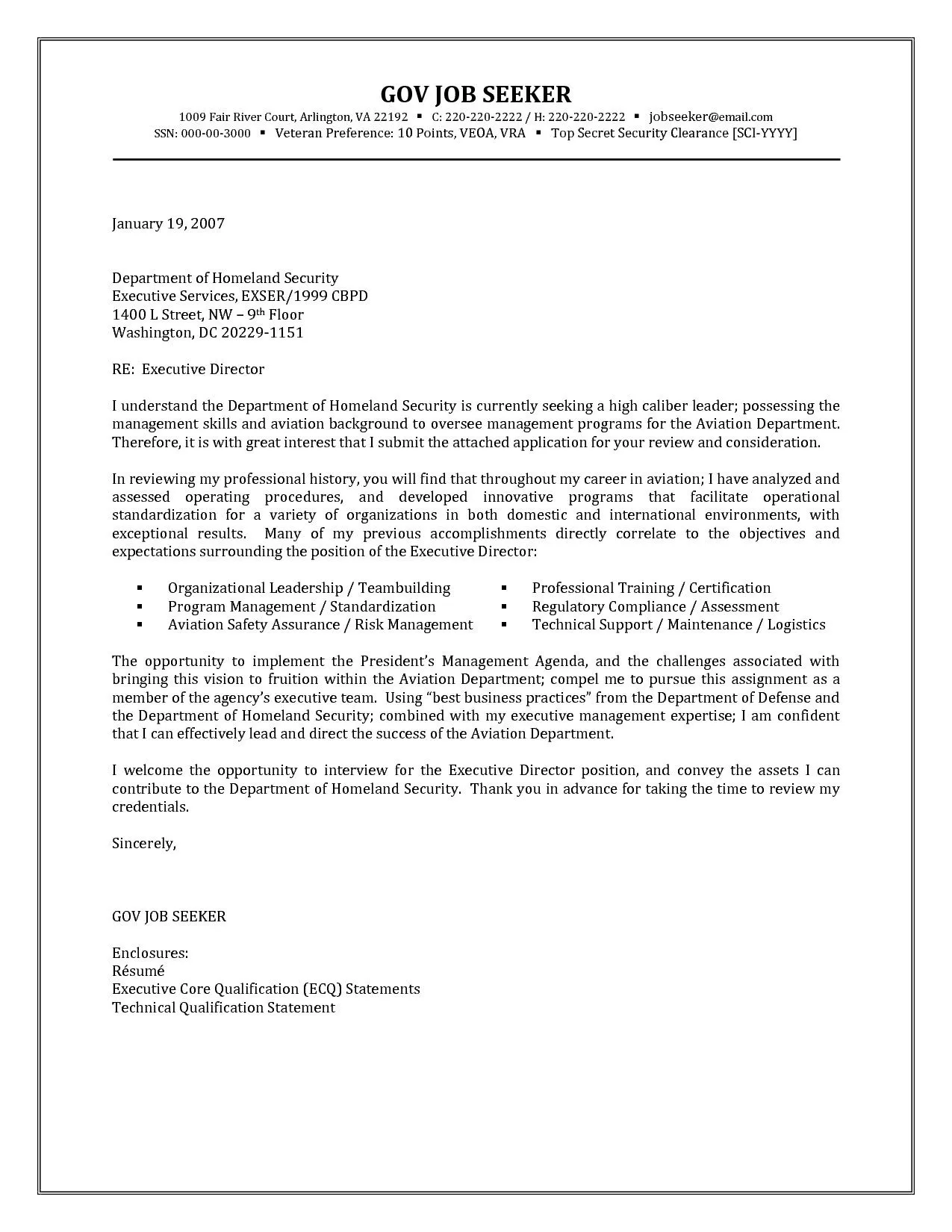
Thoroughly researching the company is essential. Visit their website, read their mission statement, and look for information about their recent projects, news, and values. Try to understand the company culture. Understand the job requirements, as well as any specific skills the company prioritizes. Tailor your cover letter to the company, using their language and highlighting how your skills and experience align with their needs and values. Demonstrating this level of research shows the hiring manager that you are seriously interested in the role and that you have taken the time to understand the company’s needs. This is a great way to make a strong first impression.
Proofreading and Editing
Proofreading and editing are crucial steps in the cover letter writing process. Errors in grammar, punctuation, or spelling can create a negative impression, potentially costing you the job opportunity. After you finish writing, take the time to carefully review your cover letter. Check for any grammatical errors, such as incorrect verb tenses, subject-verb disagreements, and incorrect use of articles (a, an, the). Review your punctuation, ensuring that you have used commas, periods, and semicolons correctly. Then, use a spell checker to identify any spelling mistakes. Ideally, ask a friend, family member, or career counselor to review your letter for additional feedback. A polished and error-free cover letter conveys your professionalism and attention to detail.
Formatting Your Cover Letter
The format of your cover letter is essential. Use a clean and easy-to-read font, like Arial or Times New Roman, in a standard size, such as 11 or 12 points. Maintain consistent spacing and margins. Include a professional heading with your contact information, the date, and the hiring manager’s name and title. The body of the letter should be well-organized, with clear paragraphs. Use headings or bullet points to highlight your skills and experiences. Keep the letter concise, typically no longer than one page. Proper formatting shows professionalism and respect for the reader’s time. The formatting is just as important as the content of your cover letter.
Avoiding Common Cover Letter Mistakes
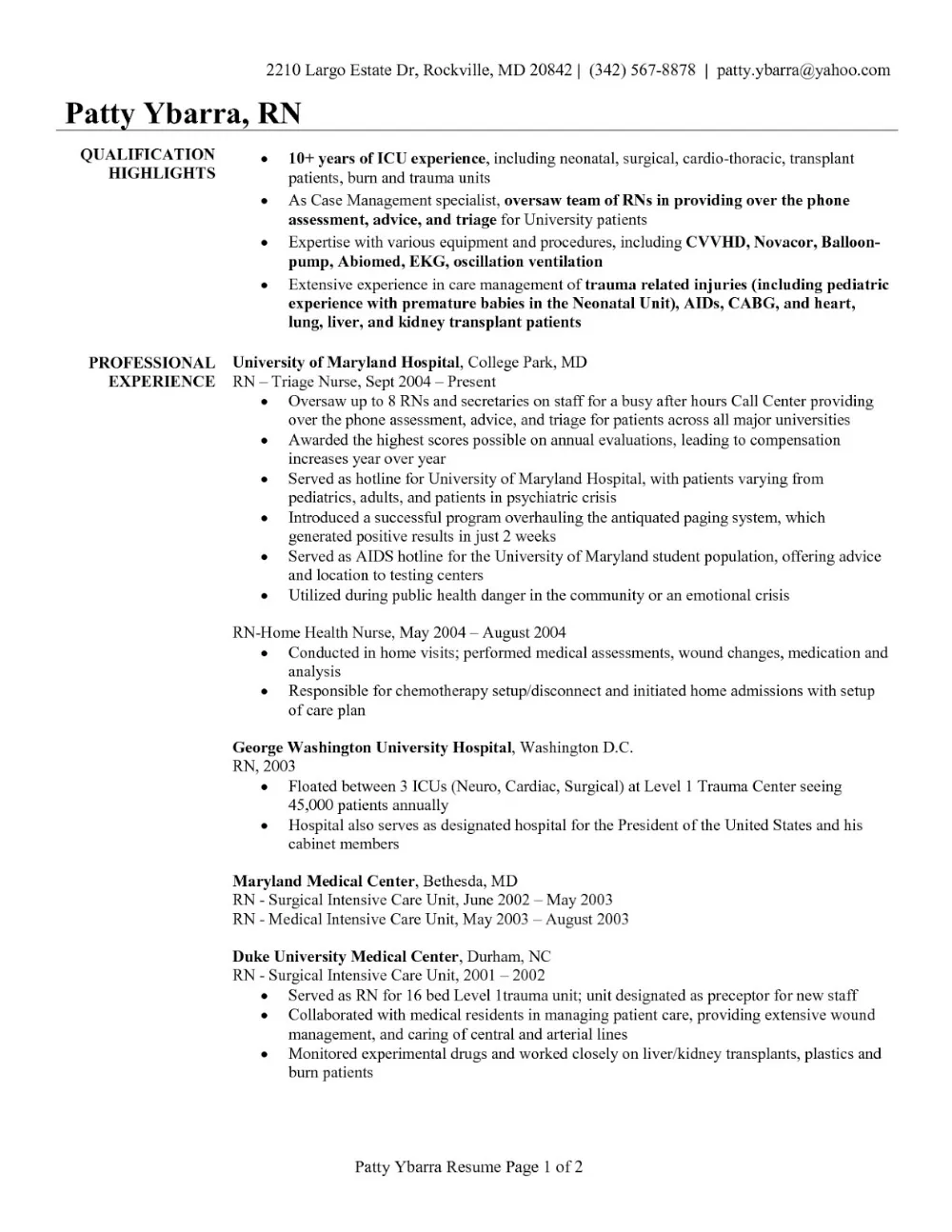
Even the most talented candidates can undermine their applications by making common cover letter mistakes. Avoid these pitfalls to increase your chances of making a great first impression and landing an interview. Always ensure your cover letter is free of generic language, focusing instead on personalized, specific examples. Do not focus on yourself too much; instead, demonstrate how your skills can benefit the company. Finally, always proofread your letter. These mistakes can make your application seem careless or unprofessional.
Generic Language and Clichés
Avoid generic language and clichés. Phrases such as ‘I am a team player’ or ‘I am a hard worker’ are overused and don’t provide any real value. Instead, use specific examples that demonstrate these qualities. Instead of stating that you are a good communicator, provide an example of how you successfully communicated to solve a problem. Avoid clichés, which can make your writing sound unoriginal. The goal is to make your cover letter sound fresh and original, so the hiring manager remembers you.
Focusing on Yourself Too Much
Avoid focusing too much on yourself. While it is important to highlight your skills and experiences, always frame them in the context of how you can contribute to the company. Rather than saying, ‘I want to get a job at your company,’ say ‘I am confident that my skills will contribute to your company’s success.’ Show that you understand the company’s needs and how your skills and experiences will assist them. When describing your accomplishments, explain the impact you made and how it benefited the company.
Failing to Proofread
Failing to proofread your cover letter is one of the most common and easily avoidable mistakes. Typos, grammatical errors, and spelling mistakes can damage your credibility and show a lack of attention to detail. After you have finished writing your cover letter, take the time to carefully review it. Read it aloud to catch any errors. You can also ask a friend, family member, or career counselor to review your letter. This step is important to avoid the most common cover letter mistakes.
